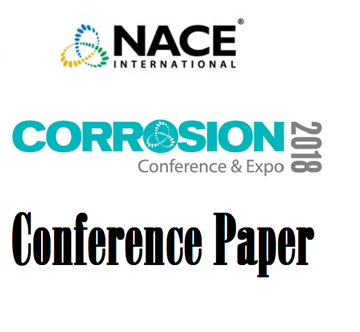Search
96394 CORROSIVE AMINE CHARACTERIZATION
Also Purchased
00492 CAUSES OF AMINE PLANT CORROSION- DESIGN CONSIDERATIONS
Product Number:
51300-00492-SG
ISBN:
00492 2000 CP
$20.00
09334 Failure of Amine Regenerating Column of Amine Treatment Unit
Product Number:
51300-09334-SG
ISBN:
09334 2009 CP
Publication Date:
2009
$20.00
51318-11185-Case Studies of Amine Sweetening Corrosion Incidents
Product Number:
51318-11185-SG
Publication Date:
2018
$20.00
Recently viewed




